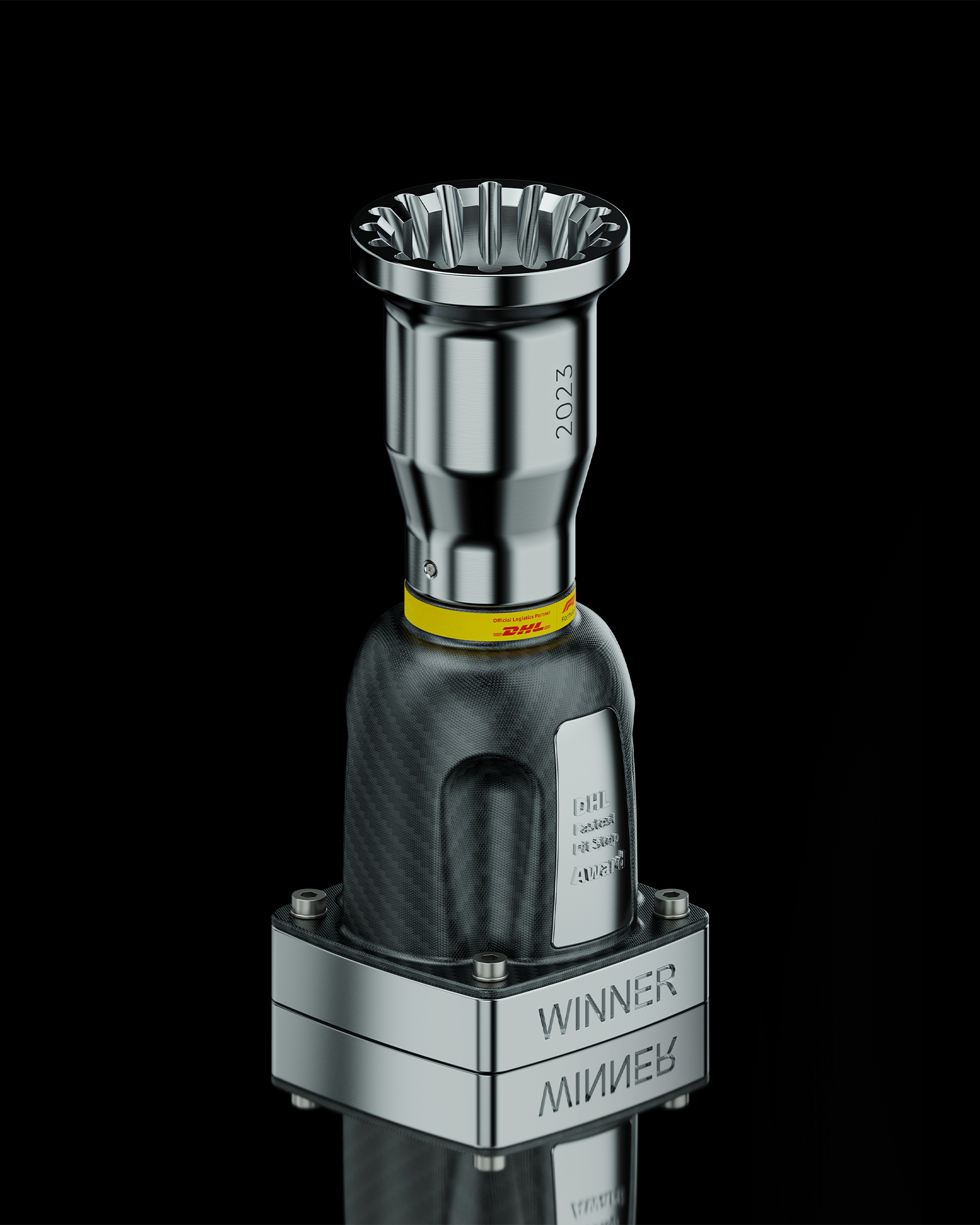What Industrial Design Actually Means in 2025
Industrial design isn't just about pretty objects or smooth curves. Not anymore. In 2025, it's about solving real-world problems through form, function, and emotional resonance.
The scope of industrial design has expanded dramatically in the last decade. We're now designing experiences as much as objects. That includes not only how a product looks and functions, but how it's discovered, bought, unboxed, used, and even recycled. A modern industrial designer has to think across time and touchpoints.
We design systems, not just things. That means integrating with software, considering packaging, planning for logistics, and understanding the end-of-life journey of a product. Circular design is no longer niche—it's the expectation. A product that can't be easily repaired, repurposed, or recycled is starting to look like bad design.
Storytelling is a powerful tool in our toolkit. Every object tells a story, whether we intend it to or not. Good industrial design crafts that story deliberately: the way it looks, feels, sounds when you interact with it. The way it fits into someone's life. When done well, it builds connection. When done poorly, it fades into the background — or worse, becomes annoying.
We're also required to work more cross-functionally than ever. The days of working in silos are long gone. A successful designer in 2025 collaborates daily with UX designers, CMFs, engineers, marketers, product managers, and even customer support. We have to understand business models, environmental constraints, and user behavior.
And yes, aesthetics still matter. Beauty has a place in product design. But beauty without utility, without context, without empathy? That's just sculpture. Industrial design is about designing for people — with all their quirks, contradictions, and aspirations.
So if you still think ID is just about drawing cool chairs, welcome to the future. We're designing everything from medtech to sextech. And we're just getting started.
